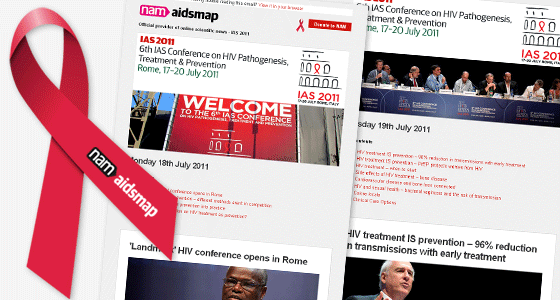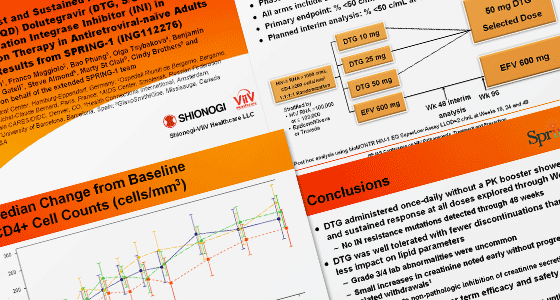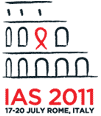With the right treatment and
care many people with HIV now have a near-normal life expectancy.
But like all medicines, the
drugs used to treat HIV can cause side-effects.
Doctors are especially concerned that treatment with some drugs may increase
the risk of diseases normally associated with ageing
– for example bone
problems and cardiovascular
disease.
The class of anti-HIV drug
most associated with longer-term side-effects is the nucleoside reverse
transcriptase inhibitor (NRTI) group. These drugs form the backbone of nearly
all HIV treatment
combinations.
Research
presented to the Rome conference suggests that it may be possible to construct
a safe and effective combination that doesn’t include NRTIs.
One study showed that
treatment with the integrase inhibitor raltegravir
(Isentress) and ritonavir-boosted darunavir
(Prezista) was as effective as a more
traditional HIV treatment combination of Truvada
and ritonavir/darunavir.
The study involved people
who were starting HIV treatment. After six months, equal proportions of
patients had an undetectable viral load, and CD4 cell
increases were also comparable.
A
second study looked at the safety and effectiveness of a combination that
included the CCR5 inhibitor maraviroc
(Celsentri) with ritonavir-boosted atazanavir
(Reyataz). Once again the combination
was compared to a regimen based on Truvada.
Six-month
results had shown the two combinations to be equally effective.
However, after a year there
was a small drop in the proportion of patients taking the NRTI-sparing
combination who had an undetectable viral load. In comparison, the number of
patients taking the NRTI-containing combination with undetectable viral load remained
steady.
Nevertheless, the level of
viral rebound was low, and all patients eventually re-suppressed to
undetectable levels without a treatment change.














Connect with NAM on Facebook: Keep up to date with all the exciting projects, latest achievements and new developments that are going on in the world of NAM.
Follow NAM on Twitter for links to hot off the press news stories from our editors covering key developments and conferences as they happen. Our news feed is linked to www.twitter.com/aidsmap_news and we also tweet from www.twitter.com/aidsmap
Follow all the conference news by subscribing to our RSS feeds.